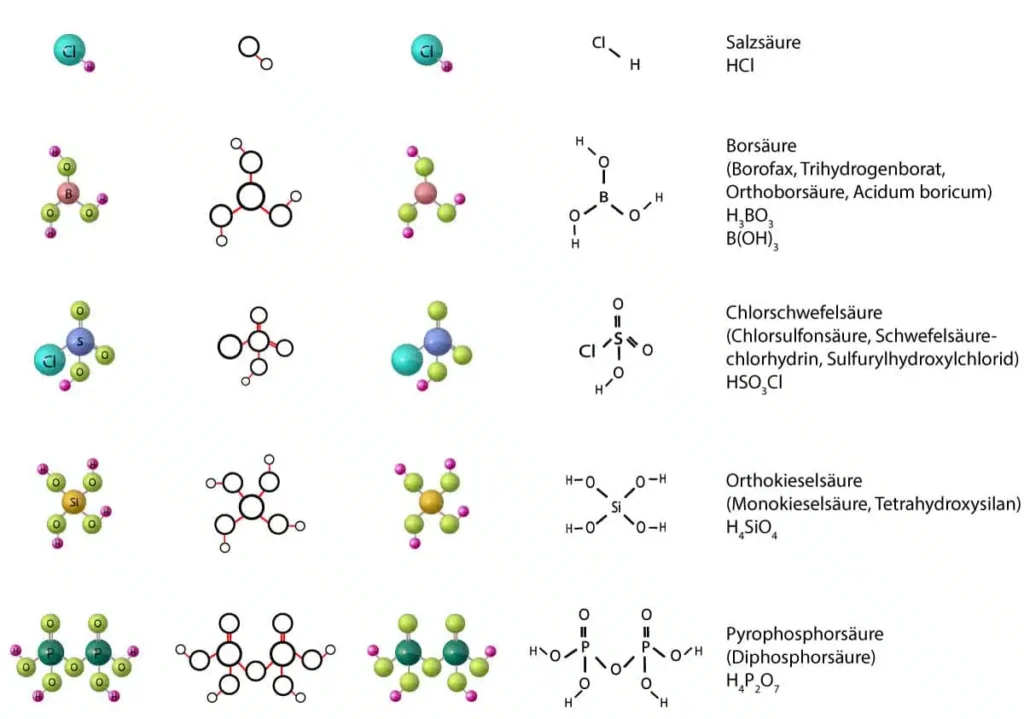What is silica?
Silica is a chemical compound consisting of silicon and oxygen. It is widely distributed in nature and occurs in various forms, including amorphous (non-crystalline) silica and crystalline silica.
Amorphous silica: Amorphous silica is present in the form of silica gel or silica hydrate. It is an amorphous substance that consists of tiny particles and usually has a porous structure. Silica gel is often used in industry and technology, for example as a filler, thickener or binder in coatings, paints, adhesives and cosmetic products. It is also used in the food industry as an additive to improve the texture or stability of food.
Crystalline silica: Crystalline silica occurs in various forms, including quartz, tridymite and cristobalite. These forms differ in their crystal structure and physical properties. Quartz is the most common form of crystalline silica and is used in many industrial applications, such as glass and ceramic manufacturing. It is also a component of many rocks and minerals.
Silica is known for its high resistance to chemical attack and high melting temperature. It is also used in a wide range of industrial applications, such as in electronics as an insulating material, in metallurgy as a slag former, in chemistry as a catalyst and in the construction industry as a building material.
In certain forms, such as fine dust, silica can be classified as hazardous to health and pose potential risks to the respiratory tract. Appropriate safety precautions should be taken when handling silica and products containing it.
Occurrence in nature
Silicic acid is found in nature in the form of silicic acid anhydride support structures in plant and animal organisms, such as diatoms, radiolarians and glass sponges (Hexactinellida).
Silicon is an essential trace element, present in every cell, indispensable for many processes in the body and has been proven to activate cell metabolism and cell structure.
Silicon is important for various processes in the human body:
- Elasticity of connective tissue and tendons
- Skin metabolism (retain moisture)
- Growth of hair and nails
- Bone formation, cartilage health
- Immune system and disease defense
- Cell metabolism and wound healing
Silica in process engineering
The special chemical and physical properties of silica make it a versatile material that can be used in various branches of industry:
- Catalyst carrier: Silica is often used as a carrier material for catalysts. The porous structure and high specific surface area of silica enable efficient distribution of the catalyst material and thus improve the reaction speed and efficiency in chemical processes.
- Adsorbent: Silica is used as an adsorbent in separation processes. It can adsorb unwanted impurities or pollutants from liquids or gases and thus improve the purity and quality of the end product.
- Separation techniques: Silica is also used in chromatography, for example. Here, the porous structure of silica is used to separate molecules based on their different interactions with the silica.
- Building materials: Silica is used in the building materials industry, particularly in the production of concrete and mortar. The addition of silica can improve the strength, durability and resistance of concrete.
- Coatings: Silica-based coatings are used in process engineering to protect and seal surfaces or to impart specific properties such as slip resistance or heat resistance. Such coatings are used in various industrial sectors, from food processing to the chemical industry.
- Pharmaceutical applications: In the pharmaceutical industry, silica is used as an excipient in tablets and capsules. It is used as a filler, release agent or flow improver to optimize the dosing accuracy, stability and release of active ingredients.
Online source:
https://de.wikipedia.org/wiki/Pyrogenes_Siliciumdioxid, retrieved: June 6, 2023, 11:08 UTC


















